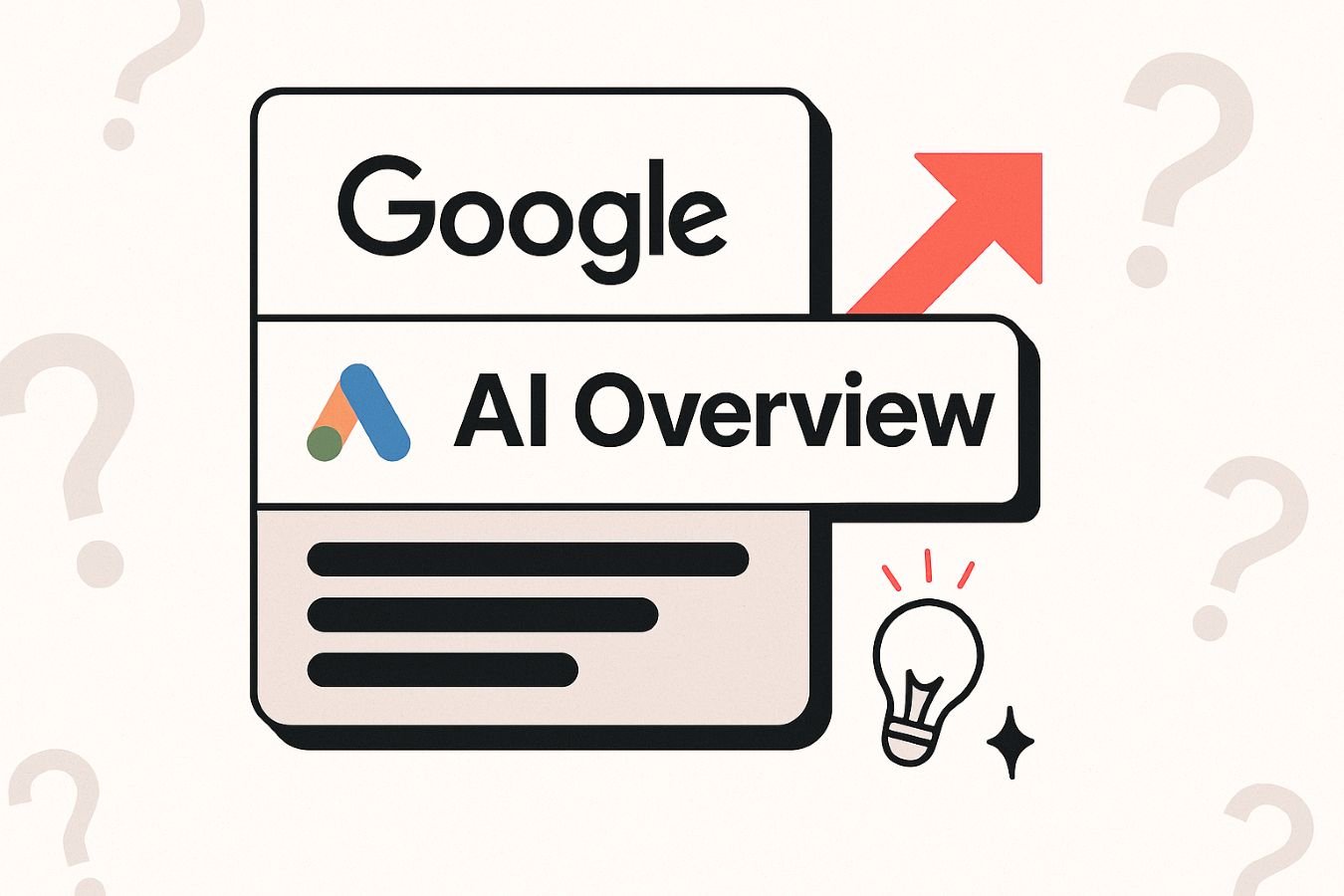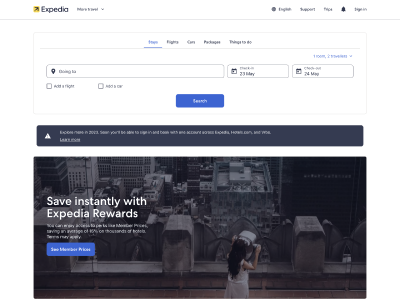For our TrustED Conf 2021 VR World Tour, we heard from Daverick Aguilar, an SEO Specialist on how he pitched SEO and (basically) achieved a 100% success rate.
I don’t pitch. I have a conversation
Personally, what worked for me when pitching ideas is treating the meeting like we’re having a casual chat.
Within the meeting:
- I/We develop a mutual understanding of their goals, along with their hindrances
- I ask questions
- I share how SEO can help (and other channels if/when applicable)
Put yourself in their shoes and try to identify their core issues.
Understand your client’s main pain point
Identify the actual problem and say it before they do. The idea here is to make them feel understood. Some questions to ask are:
- “What’s the problem?”
- “How can I help?” or “What can I do for you?”
- “Tell me more”
Basically, identify the main problem and focus on that!
Adjust your communication style (emotions vs. logic)
We know what to do, how to do it, and why it’s important. Clients, most of the time don’t.
Try to explain complex concepts as simply as possible – Keep It Simple Stupid. Boiling things down to their most basic form helps keep the client engaged and gives them an accomplished sense of understanding, which, helps build rapport.
SEO Checklist
Technical Audit: Find & fix all issues affecting performance
A technical SEO audit is a process during which you check the technical aspects of your website’s SEO. To ensure sustainable growth, we must make sure the website’s infrastructure is optimised. A technical audit identifies errors that affect the site’s performance and ability to rank. Search engines reward a clean website.
Keyword Research: Find keywords that generate quality leads
Keyword research helps identify what keywords we should target. Figuring and finding out the right keywords will help generate leads. This is called search intent.
Targeting the right keyword areas is the cornerstone of any SEO campaign. Keyword research strategy revolves around ensuring your website is top of mind and visible across all stages of the funnel.
On-site SEO: Update your headings to improve rankings
Including target keyword(s) within your headings will help Google recognise what your page is about and rank it accordingly.
Competitor Analysis: Ranking keywords
Looking into our competitors gives us insights into what they’re doing. By doing so, we can see that your competitors are ranking for a substantial amount of keywords. Through our analysis, we can identify more keywords worth targeting.
Competitor Analysis: Backlinks and Content
To get the most out of your competitors’ backlinks, performing a competitor’s backlinks analysis can show what links from which content are doing the most work for your competitors.
User Experience: Give your visitors what they need
Although you have a new website, you’ve noticed that it isn’t generating leads. A reason could be that your page isn’t set up to convert.
- Quality raters keep EAT in mind to judge how well a site or page provides what users need whilst looking at the overall user experience and whether the content meets their standards
- So when you’re looking at implementing EAT, consider the reason why users should choose your site over your competition
- Ultimately, EAT could still have a direct impact on how well Google receives, and ultimately ranks your website
Example:
If your accountant lacks expertise, authority and trust, you’re likely to look around for an alternative. Google’s users are the same. When they find a domain or page that lacks expertise, authority and trustworthiness, they’ll look around for an alternative in the form of another page.
- Google is also training their algorithm to assess EAT, using them as signals to determine how much faith they should put in a business’ website to satisfy user needs
- If your website fails to satisfy user needs, Google will choose someone else for the job
Put simply, if Google finds another domain or page provides a better customer experience than your own, Google will promote them instead. This translates into lost rankings, lost traffic and lost revenue.
To summarise
- Identify their main pain point – once that’s been understood, that’s when you can get into how you’re going to fix that problem
- Leave technical jargon out – once you start talking technical, you may overwhelm them and lose engagement
- Focus on how it benefits them – keep them engaged and focus on how certain items benefit them
Extra Tips
- State the main point in the headline – we know attention spans are short so make sure you tell them the main point that benefits them! You can get into the specifics later
- Use meaningful visuals (or metaphors) – especially ones that they can relate to
- Build a relationship – people want to work with others that they get along with so make sure to build rapport and an honest connection

















